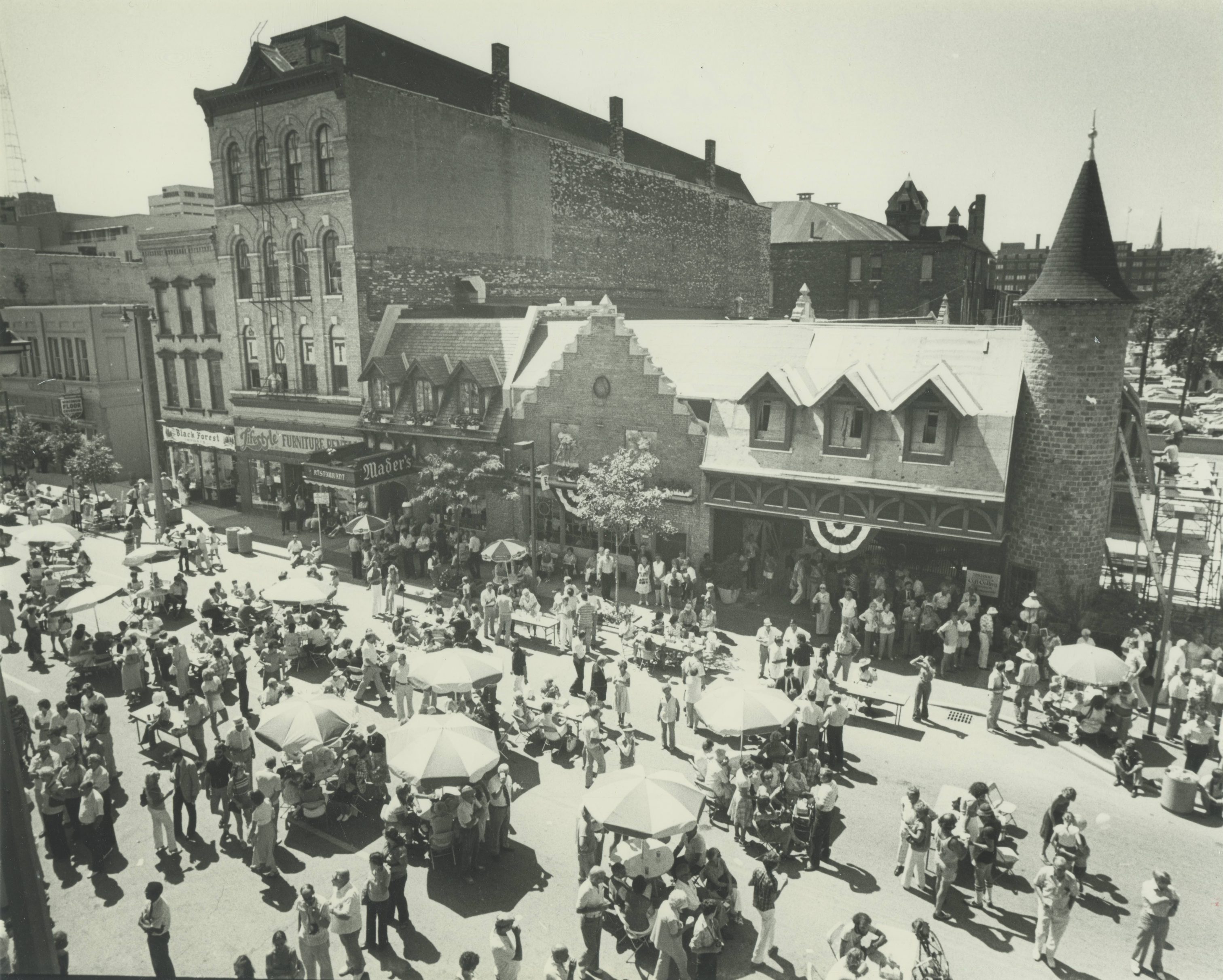“Gemütlichkeit” is a term mostly untranslated by contemporary U.S. American observers,[1] although it is sometimes interpreted as “geniality.”[2] It is a character trait that Germans and in particular German-Americans defined as specific to themselves. “Gemütlichkeit” can include any number of activities, generally revolving around having fun: relaxing, enjoying beer and (German) food, music, and dance in the company of friends, family, and compatriots; having animated conversations; exhibiting humor and emotions; singing traditional folk songs; and being merry and easy-going while still maintaining order and good-naturedness. “Gemütlichkeit” often occurred in German-American festivals (e.g. “ein Gemüthliches Bairisches Volksfest”[3]) and in the summer in outdoor settings like beer gardens or parks. “Gemütlichkeit” could take place with the whole family but also in male-only gatherings. German-Americans in Milwaukee—and elsewhere—saw German “Gemütlichkeit” as part of their ethnicity and proudly contrasted it to what they saw as American materialism and, in a slightly anti-modern thrust, unfeeling intellect.[4] They considered “Gemütlichkeit”—if it did not become excessive—as a trait that could enrich the United States.
Footnotes [+]
- ^ See, for example, Bayrd Still, Milwaukee: The History of a City (Madison, WI: The State Historical Society of Wisconsin, 1948), 129, 224, and 491.
- ^ Ann Bakamijian Reagan, “Art Music in Milwaukee in the Late Nineteenth Century, 1850-1900,” (Ph.D. diss. University of Wisconsin, 1980), 117.
- ^ Germania und Abend-Post, June 13, 1898.
- ^ Martin Arndt, “Max Weber und die ‘deutsche Gemütlichkeit’: Amerika, Du hast es besser… (Goethe, 1827),” Zeitschrift für Religions- und Geistesgeschichte 59, no. 2 (2007): 121-141.
For Further Reading
Bungert, Heike. “Demonstrating the Values of ‘Gemüthlichkeit’ and ‘Cultur’: The Festivals of German-Americans in Milwaukee, 1870-1910.” In Celebrating Ethnicity and Nation: American Festive Culture from the Revolution to the Early Twentieth Century, edited by Geneviève Fabre, Jürgen Heideking and Kai Dreisbach, 175-193. New York, NY: Berghahn, 2001.
Brenner, Peter J. Reisen in die Neue Welt: Die Erfahrung Nordamerikas in deutschen Reise- und Auswandererberichten des 19. Jahrhunderts. Tübingen: Niemeyer, 1991.
Conzen, Kathleen Neils. “Patterns of German-American History.” In Germans in America: Retrospect and Prospect: Tricentennial Lectures Delivered at the German Society of Pennsylvania in 1983, edited by Randall M. Miller, 14-36. Philadelphia, PA: German Society of Pennsylvania, 1984.


0 Comments
Please keep your community civil. All comments must follow the Encyclopedia of Milwaukee Community rules and terms of use, and will be moderated prior to posting. Encyclopedia of Milwaukee reserves the right to use the comments we receive, in whole or in part, and to use the commenter's name and location, in any medium. See also the Copyright, Privacy, and Terms & Conditions.
Have a suggestion for a new topic? Please use the Site Contact Form.